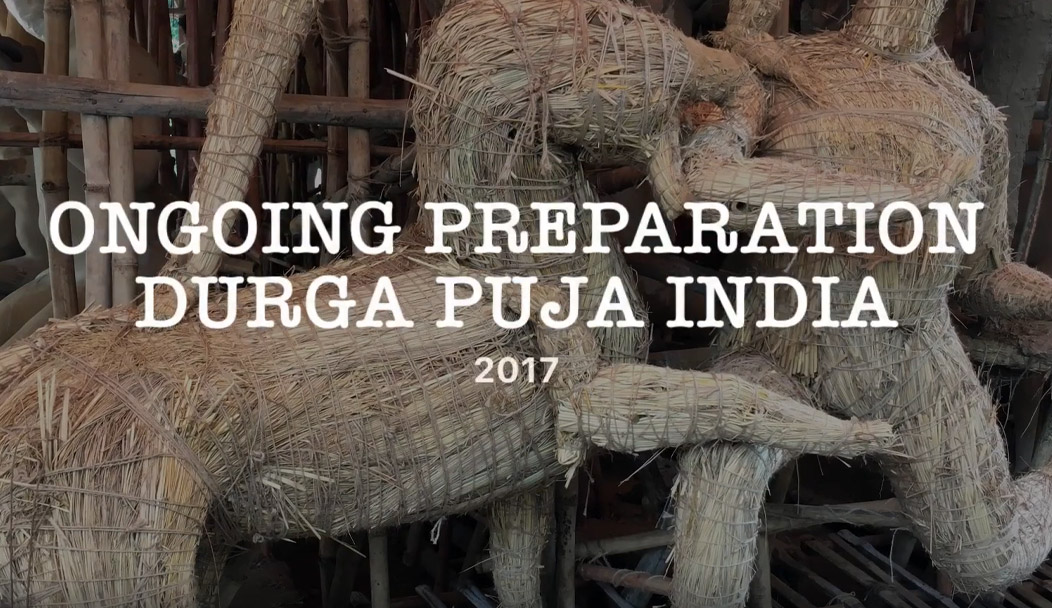Shubho Durga Pujo
(শুভ দুর্গা পূজা)
It's that time of the year when the air is filled with eternal divinity, igniting streets and souls, with the symphony of celebration, vibrant colours and cheerful faces. Goddess Durga has Arrived and her divine presence has enveloped the air with serenity and admiration.
As we embrace this marvellous time of the year, let’s come together to reveal in the joy of Durga Pujo, a celebration that brings us closer to one another and to the divine.





